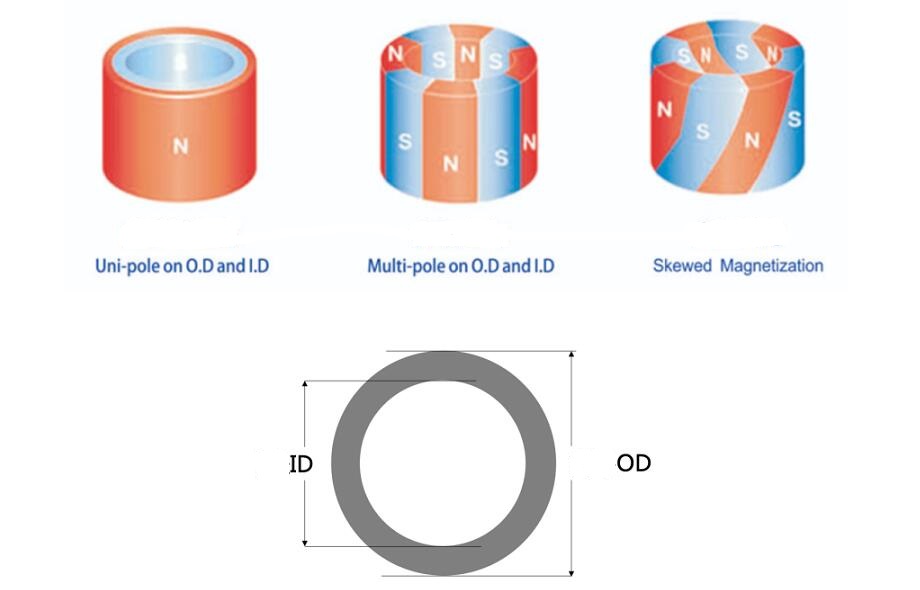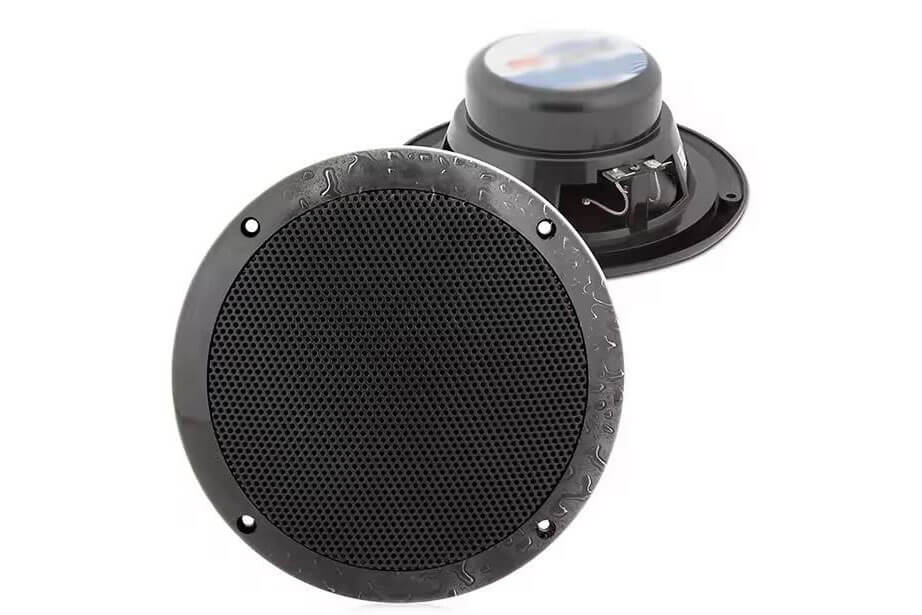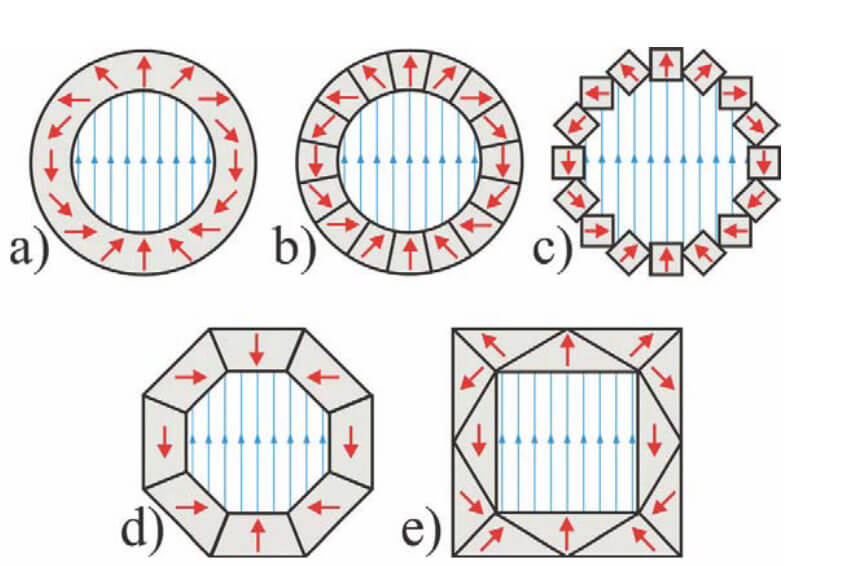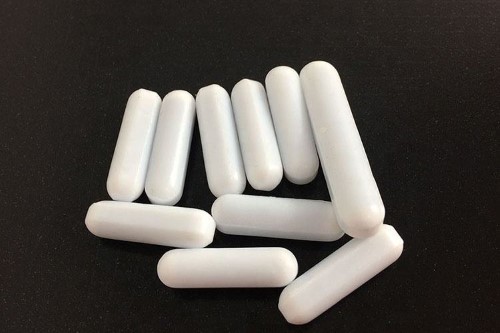Sintered NdFeB Radiation Magnetic Ring
Sintered NdFeB Radiation Magnetic Ring
Sintered NdFeB radiation magnetic ring is a new product developed in recent years, and it is mainly used in high-performance permanent magnet motors and sensors. In this article, let's take a quick look at the sintered NdFeB radiation magnetic ring.

Sintered NdFeB Radiation Magnetic Ring[/caption] In the application of permanent magnet motors, sintered NdFeB magnet tiles are usually bonded into a ring, which has a series of drawbacks: 1. The processing of tile-shaped magnets belongs to special-shaped processing. Restrictions on the processing accuracy of angles, inner and outer surfaces, etc., make the dynamic balance of the spliced magnetic ring poor, and the resulting transition area between the magnetic poles is larger, causing the motor to produce noise and vibration. 2. The installed rotor has been magnetized, making manual polishing more difficult, greatly increasing the amount of labor, and significantly increasing installation costs. The radiation magnetic ring is an integral magnetic ring, which can maintain the consistency of the size after processing, which can effectively reduce the noise and vibration of the motor and improve the stability of the motor. Because the inner and outer surfaces of the entire magnetic ring can be radiated magnetization and multi-pole magnetization at a certain angle, and the transition area between the magnetic poles is small, the performance of the motor can be significantly improved. The surface magnetism of the multi-stage magnetic ring is distributed in the form of the sine wave, and the ultra-high magnetic field can greatly improve the efficiency of the motor, making the motor lightweight and miniaturized.
Magnetizing Method and Size of the Radiation Ring
The sintered NdFeB radiation magnetic ring has a variety of magnetizing methods, and it can be unipolar magnetized and multi-stage magnetized as required.

Sintered NdFeB Radiation Magnetic Ring[/caption] The dimensional elements of the radiation magnetic ring include outer diameter, inner diameter, and height. According to the outer diameter and wall thickness (inner diameter ratio), the radiation ring can be classified as follows: Outer Diameter 1. The outer diameter below 49mm is called a super small diameter ring. 2. The outer diameter of 50~99mm is called a small diameter ring. 3. The outer diameter of 100~149mm is called a medium diameter ring. 4. The outer diameter of 150~199mm is called a large diameter ring. 5. The outer diameter of more than 200mm is called a super large diameter ring. Wall Thickness 1. Those with an inner diameter ratio of less than 0.7 are called thick-walled rings. 2. Those with an inner diameter ratio greater than 0.9 are called thin-walled rings. The production process of sintered NdFeB radiation ring is complicated and difficult, so the price is generally higher. At present, there are not many manufacturers in the world that can produce large-diameter radiation rings with a diameter of more than 300mm. The purchaser needs to compare the technical strength and production capacity of the manufacturers in various aspects.
Conclusion
Thank you for reading our article and we hope it can help you to have a better understanding of the sintered NdFeB radiation ring. If you want to learn more about NdFeB magnets or other types of magnets, we would like to advise you to visit Stanford Magnets for more information. As a leading magnet supplier across the world, Stanford Magnets has been involved in R&D, manufacturing, and sales of magnets since the 1990s. It provides customers with high-quality permanent magnets like SmCo magnets, neodymium magnets, AlNiCo magnets, and ferrite magnets (ceramic magnets) at a very competitive price.















